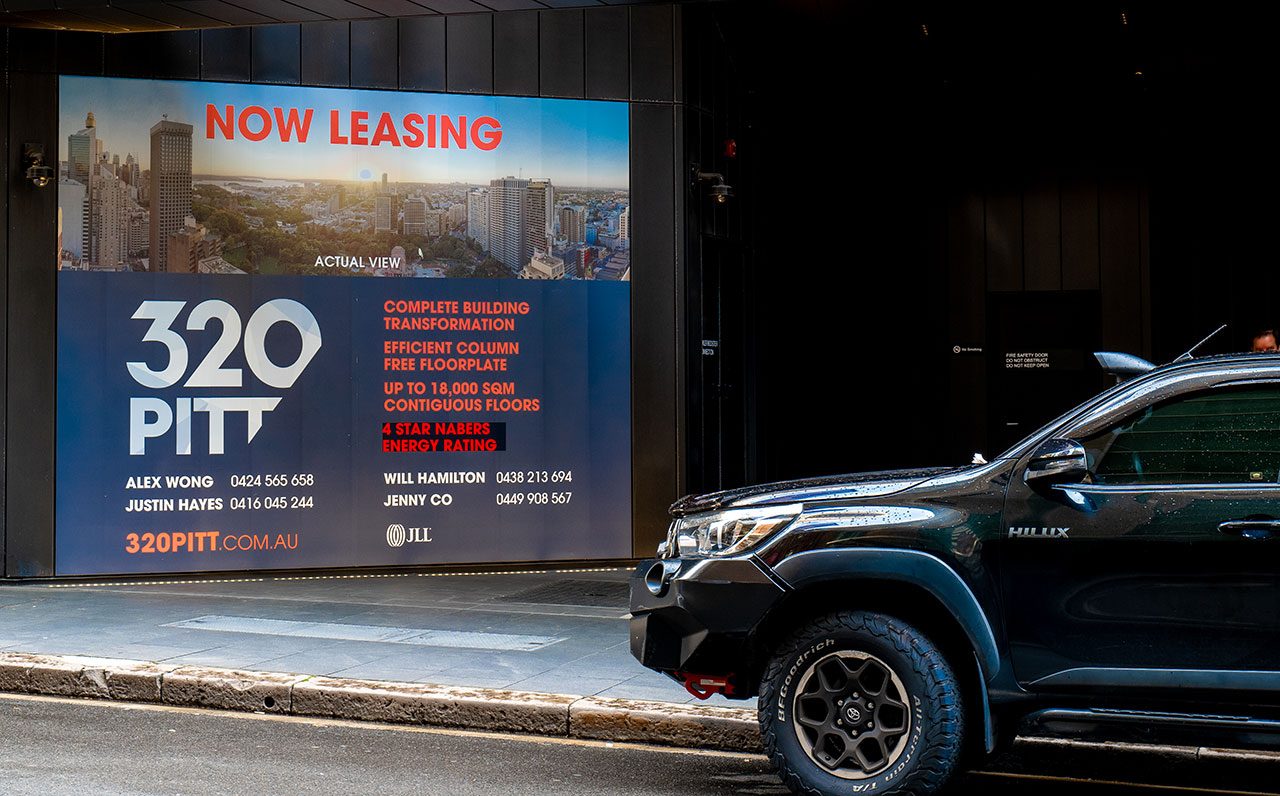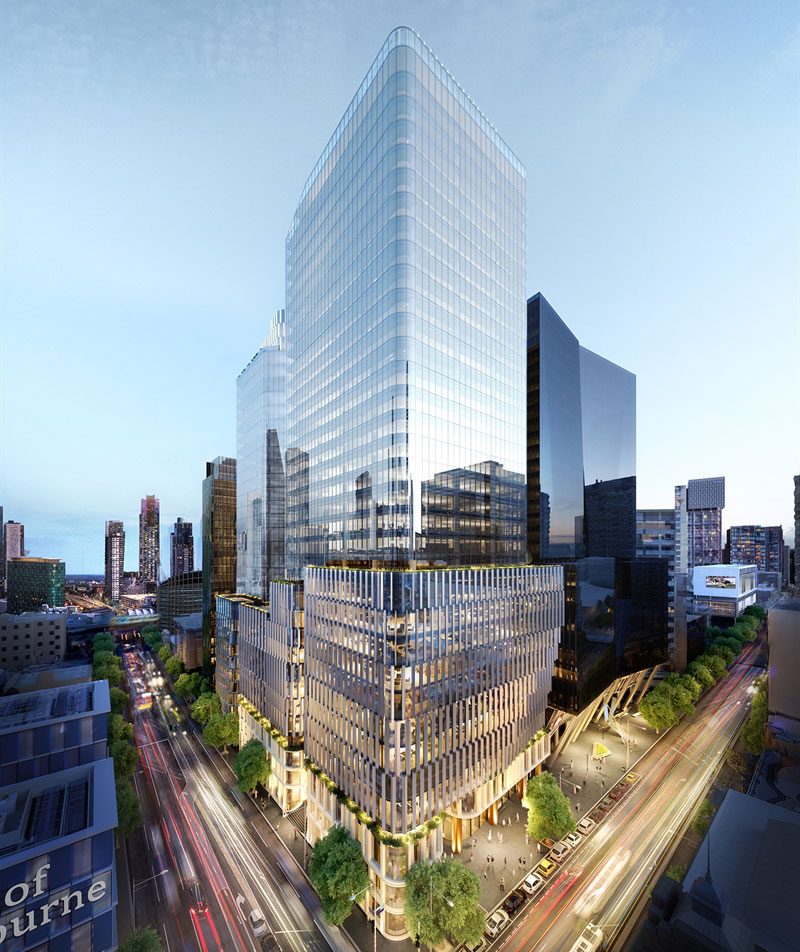This article is from the Australian Property Journal archive
DEMAND for CBD office space inched upwards over the past six months as businesses continued to explore their real estate options in response to COVID, while the national vacancy rate lifted in the face of new supply additions.
The Property Council of Australia’s latest half-yearly Office Market Report showed demand for office space has increased by an average 0.1% across the CBDs, and CBD vacancy rates increased from 12.0% to 12.5%.
In the fringe and metro markets, vacancies tightened from 15.2% to 15.1% as tenant demand lifted 0.3%.
The overall Australia-wide vacancy rate increased on the back of solid office construction activity, with the supply of office space exceeding the historical average in five of the last six half-yearly reports.
Property Council of Australia chief executive Mike Zorbas said the latest figures were encouraging, and demonstrate that large levels of supply, rather than demand, are influencing vacancy results. It was the third consecutive six-month period for positive demand nationally.
Brisbane’s vacancy rate fell from 13.9% to 12.9%, Perth dropped from 15.8% to 15.6%, and Hobart tightened further from 2.7% to 2.5%.
Sydney saw an increase, from 10.1% to 11.3%, as did Melbourne, from 12.9% to 13.8%, Canberra lifted from 8.6% to 8.9%, and Adelaide from 14.2% to 16.1%.
Tom Broderick, CBRE head of office & capital markets research, Australia, said leasing activity remained robust across the Australian office market in 2022, despite the negative economic sentiment later in the year.
“This was partly due to occupiers having more conviction about long-term office space requirements, particularly in the larger markets of Sydney and Melbourne, where lockdowns were most significant a year earlier.”
JLL’s head of office leasing – Australia, Tim O’Connor said several companies took short-term extensions through the pandemic and are now looking to relocate.
“Some organisations, which require offshore approval, have become more protracted in their decision-making process.
He said leasing enquiry is gravitating towards assets that can satisfy occupier requirements around accessibility, amenity, sustainability and flexibility.
“The short-term economic uncertainty has not impacted enquiry; a number of tenants with expiry dates from 2026 and beyond are now actively assessing options.
“Organisations are exploring how to shape a sustainable, resilient and inclusive future of work. Real estate is now an important part of any attraction and retention strategy with organisations seeking to provide an environment which encourages collaboration, socialisation, while providing space to work on focus tasks.”
Cushman & Wakefield is tipping a vacancy rate of between 12% and 14% this year, while CBRE expects national vacancy to remain steady in 2023 but increase slightly in 2024, off the back of elevated supply.
“Our base case is for medium-term net supply to be lower than previously forecast as some projects are delayed due to high construction costs, an inability to achieve pre-commitment levels, and higher financing costs impacting yields. This will help with the medium-term rental outlook of the Australian office market,” Broderick said.
Supply to remain elevated
Future office space supply in CBD markets is tipped to be higher than the historical average through 2023 before retreating under the average for the next two years. Supply in non-CBD markets will be higher in the first half of this year before declines in the coming years.
Charter Hall yesterday announced that Allianz Australia was the latest major tenant secured for its $1.5 billion, twin-tower 555 Collins Street tower in the Melbourne CBD. Due for completion in June, it is will contribute to the 220,000 sqm of new supply in the city over the next two years. Allianz committed to 6,500 sqm within the 84,000 sqm project, and will join anchor tenant Amazon and Aware Super.
Sydney, meanwhile, is expecting a 45,000 sqm fall in new supply, and Brisbane supply will be steady.
Meanwhile, sublease vacancy declined in both the CBD and non-CBD markets, with all CBD markets below the historical average except Sydney and Melbourne, although Melbourne did see a 0.7% decrease in sublease space. Darwin and Hobart have no sublease space available.
More attention on CBDs required
The Property Council’s most recent office occupancy survey, taken late last year heading into the holiday period, showed Perth at 80% occupancy compared to pre-pandemic levels, Adelaide at 74%, Brisbane at 67%, Sydney at 59%, Melbourne lifting to 57% and Canberra at 52%.
Zorbas said that while the office market had a modest increase in the level of demand, more attention on CBDs is required.
“Growing skilled migration and the return of overseas students is most welcome. The leadership role of governments and the active engagement of their teams in CBD life should remain front of mind for decision-makers in 2023.”
CBDs will get a further boost in the coming weeks with more than 40,000 Chinese university students expected to arrive in the country following a snap edict by Beijing that students must return to face-to-face learning. However, the residential and student accommodation markets will be crunched by the sudden influx.







